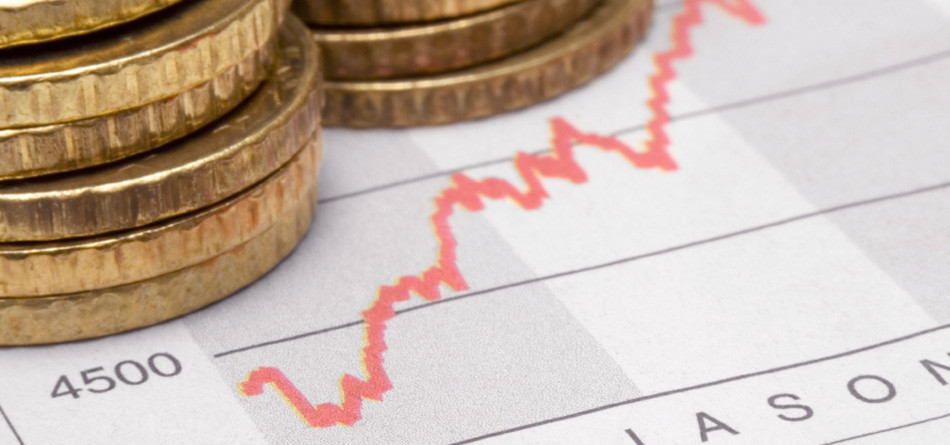Hirander Misra, chief executive of GMEX Group, said there is demand from the US and asset managers ahead of the launch of the London-based exchange which aims to introduce innovative derivative contracts.
GMEX is aiming to start an exchange next year for trading constant maturity futures for interest rate swaps and to develop new tradable market and product indices.The exchange is waiting for approval from the UK Financial Conduct Authority to initially launch euro-denominated constant maturity futures, closely followed by US dollar contracts.
Misra told Markets Media that fund managers are supporting GMEX’s constant maturity futures as they are closely aligned to over-the-counter markets. Constant maturity futures contracts do not have quarterly expiry dates unlike the futures on swaps which have been launched by rival exchanges and so can provide better hedging.
In addition fund managers will be able to post less margin on GMEX contracts which reduces their use of capital and their costs.
“Our margin on products is based on two-day VaR rather than up to five days in the case of existing standard swaps and swap futures. So the buyside wants us to succeed and are putting pressure on their prime brokers,” Misra added.
This week GMEX announced a strategic partnership with Tradition, the interdealer broking arm of Compagnie Financière Tradition, to calculate a US dollar version of the constant maturity index which underlies its constant maturity futures.
Real-time prices from Trad-X, Tradition’s global trading platform, will be used to reflect the US dollar interest rate swap market. In addition Trad-X will contribute real-time prices to GMEX’s euro IRS index.
The indexes will be based on actual trades, which is important as regulators have fined banks for rigging benchmarks such as Libor.
"GMEX will tag it's swap futures contracts to indices based on the underlying tradable swap market so we go over and above the IOSCO principals and we will also carry out index surveillance in real time at the same time as we carry out surveillance on the order book,” added Misra.
He sad there is a broad church of users who are currently testing the GMEX platform.
“We have four clearing members and six liquidity providers, and we are talking to another six. Four buyside firms have approved the products and we are in close discussion with another 15,” Misra said. “We are talking to between eight and 10 futures players and looking to get sellside liquidity from half a dozen firms.”
In November last year Newedge, the global derivatives prime broker, became the first firm to publicly become a member of GMEX.
GMEX was created to target market opportunities created by the G20-led market reforms which aim to push more derivatives onto electronic trading venues so they can be centrally cleared.
Eurex Clearing, a unit of Deutsche Börse, will provide clearing for GMEX. Last year Deutsche Börse purchased a minority stake in the new exchange.
Consultancy Aite Group this month said in a report, “Making Sense of Global OTC Derivatives Infrastructure: Markets, CCPs, and Platforms”, that the regulators’ wishes to transform OTC derivatives markets has led to an overabundance of trading venues and clearers and a multitude of connectivity paths, especially as regions have moved at different speeds.
The Aite report said: “While the plethora of markets and the current market structure may not be ideal, today fully electronic OTC derivatives trades can be made without any trade breaks, a marked change from the recent past.”
Misra said: “There will be a wider source of liquidity in a multitude of fixed income products, as well as interest rate swaps. We sit in the sweet spot between OTC and exchange-traded markets.”
GMEX also aims to create and operate electronic exchanges in developing markets and provide interconnectivity so that these exchanges create a global liquidity pool.
“In the era of mass technology such as Facebook and Google it is inconceivable that exchanges are not propagating interconnectivity in a global network,’ added Misra.
He is bullish on growth in Africa and GMEX is also having conversations about strategic partnerships in Asia and Central and Latin America.
Deutsche Börse said in a statement today it will disseminate sovereign bond indices for Africa’s most developed economies from 24 November 2014.
“Africa presents an intriguing growth story for investors seeking emerging market exposure,” said Georg Gross, head of information, market data and services, Deutsche Börse. “The Concerto Bond Indices serve as a consistent and reliable benchmark for the most promising bond markets in Africa.”
Featured image via Dollar Photo Club














